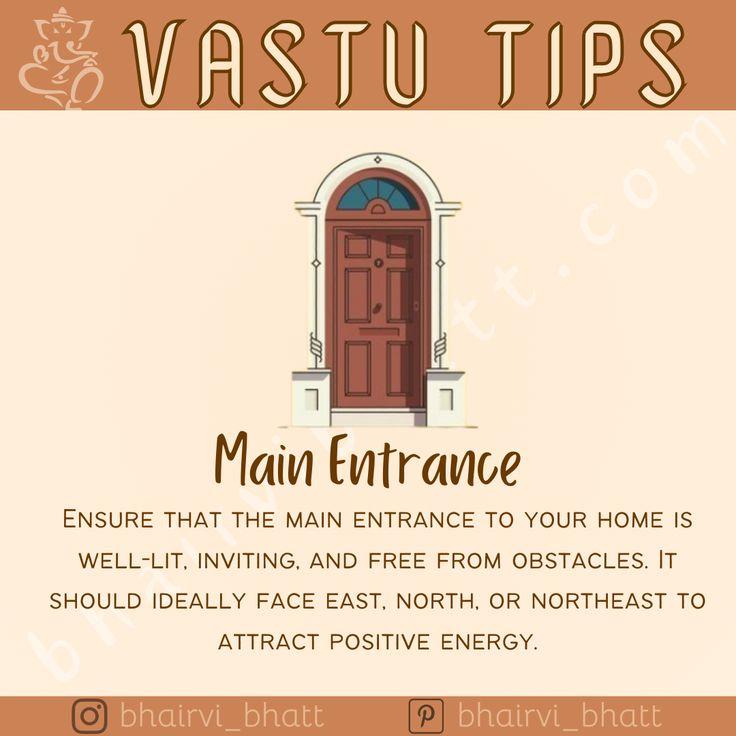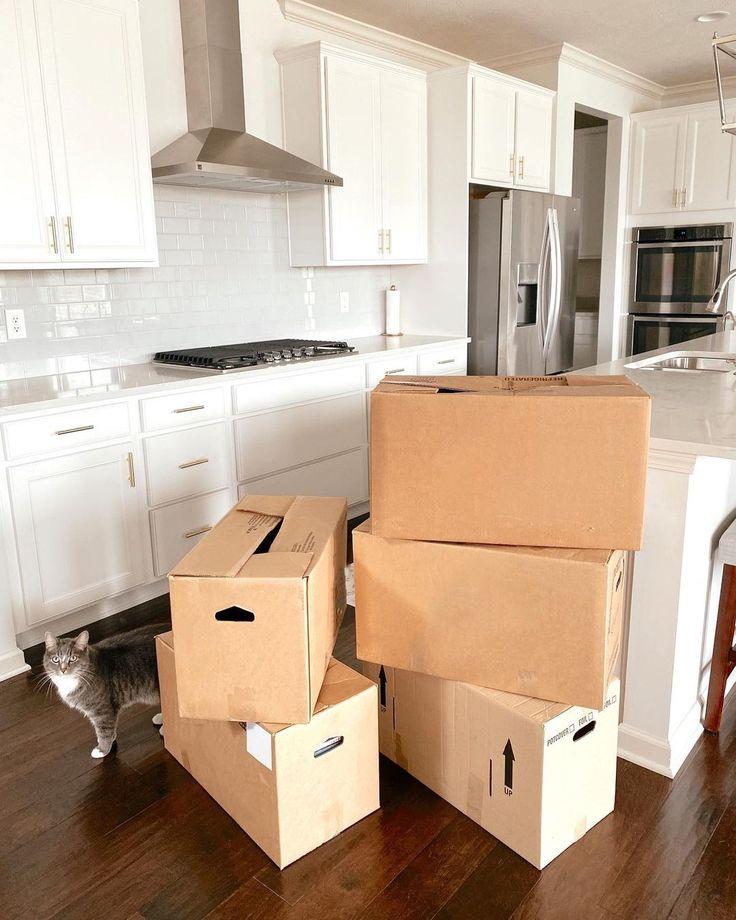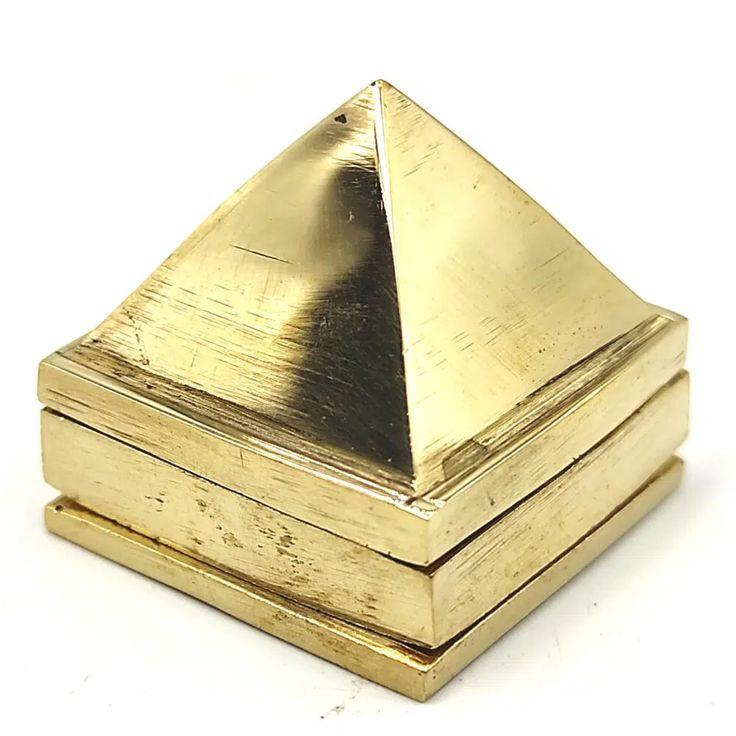



Table of Contents
- Introduction
- Assess the Entrance
- Declutter Your Home
- Use Natural Elements
- Choose Colors Wisely
- Optimize Room Placements
- Enhance Natural Light and Ventilation
- Incorporate Vaastu Remedies
- Practice Regular Energy Cleansing
- Focus on the Puja Room
- Regular Maintenance
- Conclusion
- Faq's
Introduction
Vaastu Shastra, the ancient Indian science of architecture, focuses on creating harmony between natural elements and your living space. In 2025, as modern lifestyles evolve, aligning your home with Vaastu principles can enhance your quality of life by attracting positive energy, fostering peace, and removing negative influences. Let's explore practical and comprehensive ways to make your home Vaastu-compliant.
Assess the Entrance
 Vastu Entrance, Pinterest
Vastu Entrance, Pinterest
Assess the Entrance
The entrance is one of the most crucial aspects of Vaastu Shastra, as it determines the flow of energy into the house. A well-aligned entrance ensures positivity, prosperity, and good health for the residents.
Direction
- The north, east, and northeast directions are considered auspicious for the main entrance. These directions are associated with wealth, growth, and positive energy.
- If your entrance faces less favorable directions, such as south or southwest, remedies like placing Vaastu pyramids, mirrors, or symbols like Swastik near the entrance can help counteract negative effects.
Lighting
- Proper lighting at the entrance is essential to attract positive energy. Use bright lights to keep the area welcoming and avoid dim or dull lighting.
- Consider using traditional oil lamps, especially during evenings or festivals, to enhance the spiritual and positive ambiance of the entrance.
Decoration
- Decorate the entrance with auspicious symbols like the Swastik, Om, or footprints of Goddess Lakshmi, which are believed to attract wealth and fortune.
- Avoid clutter near the main door, such as shoe racks, bins, or broken items, as they block the free flow of energy. Keep the entrance clean and well-maintained to ensure positive energy can flow freely.
Also Read: Best Vastu Colors for Homes in 2025: Balance, Prosperity, and Peace
Declutter Your Home
 Declutter your home, Pinterest
Declutter your home, Pinterest
A clutter-free home is a cornerstone of Vaastu principles. Clutter blocks the flow of energy and creates a stagnant, negative environment, impacting your mental clarity, productivity, and overall well-being.
Regular Decluttering
- Go through your belongings periodically and remove items you no longer need or use. These can include old clothes, broken electronics, expired products, and unnecessary paperwork.
- Focus on clearing out corners, storage rooms, and attics, as these spaces tend to accumulate energy stagnation.
Organizing Spaces
- Use smart storage solutions like modular cabinets, labeled boxes, and under-bed storage to keep your home neat and organized.
- Ensure that no broken or non-functional items are stored, as they symbolize unresolved problems and stagnation in life.
Emotional Clarity
- Decluttering not only removes physical obstacles but also helps clear mental and emotional blocks. Letting go of unused items allows for a fresh, positive perspective on life.
Also Read: Vastu Tips for Home in 2025: Attract Good Luck and Prosperity
Use Natural Elements
 Plants as per Vastu, Pinterest
Plants as per Vastu, Pinterest
Vaastu emphasizes the balance of the five elements: earth, water, fire, air, and space. Introducing natural elements into your home ensures harmony and positivity.
Plants
- Incorporate indoor plants like tulsi, bamboo, areca palm, or snake plants to bring life and vitality into your home.
- Avoid thorny plants like cacti and bonsai trees, as they are believed to disrupt energy flow and create blockages in prosperity.
- Place tulsi plants in the northeast direction for spiritual and health benefits.
Water Features
- Adding water features like a small fountain, aquarium, or water bowl in the northeast corner is highly beneficial. Water represents wealth and prosperity in Vaastu.
- Ensure the water remains clean and flowing, as stagnant water can attract negativity and financial stagnation.
Earth Elements
- Use terracotta pots, earthenware, or clay decor to ground the energy of your space. These elements help establish stability and harmony.
Also Read: Wall Clock Vastu: Boost Harmony, Wealth, and Well-Being in Your Home
Choose Colors Wisely
Colors have a direct influence on the energy of a home. Choosing the right shades can promote positivity, peace, and well-being.
Walls
- Opt for calming, neutral colors such as white, cream, light blue, or pastel shades for living areas and shared spaces. These colors create a soothing and peaceful ambiance.
- Avoid painting walls in harsh or dark shades like black or deep red, as they can lead to emotional imbalances or feelings of heaviness.
Bedrooms
- For bedrooms, use soft, earthy tones like beige, light pink, or pastel green, as these colors foster relaxation and harmony.
- Avoid colors like red, which can cause restlessness, or black, which can create a sense of detachment.
Accent Walls
- Use vibrant colors like yellow, orange, or gold for accent walls in areas like dining rooms to encourage positivity, creativity, and social harmony.
Optimize Room Placements
The placement of rooms within the home plays a critical role in ensuring energy flow. Proper alignment can enhance stability, health, and prosperity.
Master Bedroom
- The master bedroom should ideally be located in the southwest, which represents stability and strength. This placement is believed to enhance relationships and bring harmony to the household.
- Avoid positioning the master bedroom in the northeast, as this is a space better suited for meditation or spiritual practices.
Kitchen
- The kitchen represents the fire element, and its ideal placement is in the southeast. This direction supports health and nourishment for the family.
- Ensure that cooking appliances like stoves are placed facing east, as this direction enhances positivity in the preparation of food.
Bathrooms
- Bathrooms should be placed in the northwest or west, as these directions help minimize the negative impact of waste energy.
- Avoid placing bathrooms in the northeast or the center of the house, as this can disrupt the balance of positive energy in the home.
Enhance Natural Light and Ventilation
Natural light and proper ventilation are vital for maintaining a vibrant and positive environment in your home. Vaastu Shastra emphasizes the importance of sunlight and fresh air in balancing the five elements and eliminating negative energy.
Windows
- Open windows daily to allow fresh air to circulate through your home, improving energy flow and maintaining a fresh ambiance.
- Regularly clean windows to ensure they remain clear and unobstructed, allowing maximum natural light to enter. Dust or grime on windows can block energy and create a dull atmosphere.
- Position large windows in the east or north directions, as these allow for the maximum inflow of morning sunlight, considered highly auspicious.
Mirrors
- Use mirrors strategically to reflect natural light and brighten darker spaces in your home. For example, placing a mirror opposite a window can amplify light in the room.
- Avoid placing mirrors directly in front of the bed, as this can create restlessness, or near the main door, as it can reflect positive energy out of the house.
- Consider decorative mirrors with clean, rounded edges, as sharp edges can disrupt the energy flow.
Air Purifiers
- In urban settings, where air pollution is a concern, use air purifiers to maintain a healthy and pleasant indoor environment.
- Complement air purifiers with essential oil diffusers to fill your home with soothing aromas like lavender, sandalwood, or citrus, which uplift the mood and energy.
- Ensure proper cross-ventilation in your home by keeping windows and doors aligned to facilitate the natural flow of air.
Incorporate Vaastu Remedies
 Vastu Pyramid, Pinterest
Vastu Pyramid, Pinterest
Structural changes may not always be feasible, but simple and effective Vaastu remedies can help balance the energies in your home.
Vaastu Pyramids
- Place pyramids in key areas of your home, such as the center, living room, or entrance, to enhance energy flow. These act as energy balancers and help neutralize negative influences.
- You can also place pyramids near work desks or study areas to improve focus and productivity.
Wind Chimes
- Hang wind chimes in the north or east directions to dispel stagnant energy and invite fresh, positive vibrations into your home.
- Use metal wind chimes with pleasing sounds, as these are believed to be particularly effective in enhancing energy flow.
Crystals
- Use crystals like clear quartz, amethyst, or citrine in specific areas to cleanse and amplify positive energy.
- Place crystals in the northeast for spiritual growth or in the southeast to enhance prosperity.
- Regularly cleanse your crystals by rinsing them in saltwater or leaving them in sunlight to recharge their energy.
Practice Regular Energy Cleansing
Cleansing rituals are essential to remove accumulated negative energy and maintain a harmonious environment in your home.
Sea Salt Cleansing
- Place small bowls of sea salt in the corners of your home, as salt is known to absorb negativity.
- Replace the salt weekly to ensure its effectiveness. You can also mix sea salt in the water you use to mop floors for a deeper cleanse.
Burning Incense or Sage
- Light incense sticks, dhoop, or sage bundles daily, especially in the morning, to purify your space and uplift its energy.
- Focus on high-energy areas like entrances, living rooms, and puja rooms. Use aromatic options like sandalwood, frankincense, or lavender for added positivity.
Sound Therapy
- Use bells, singing bowls, or conch shells to break stagnant energy and create harmony.
- Perform sound cleansing in each room by walking around while ringing a bell or striking a singing bowl. This ritual is particularly effective after stressful events or arguments.
Focus on the Puja Room
The puja room is the spiritual heart of your home, a space for meditation and connecting with divine energies. Designing and maintaining this space according to Vaastu principles can amplify its spiritual impact.
Direction
- Place the puja room in the northeast, considered the most auspicious direction in Vaastu. This direction aligns with positive cosmic energies and promotes spiritual growth.
- Avoid positioning the puja room under a staircase, near bathrooms, or in the bedroom, as these areas can disrupt its sanctity.
Arrangement
- Arrange idols or pictures of deities to face west or east, so you can face east during prayers. Facing east while praying enhances spiritual vibrations.
- Use materials like wood or marble for the altar and avoid using materials like glass or plastic.
Cleanliness
- Maintain a clean and serene environment in the puja room. Regularly dust idols, clean the altar, and replace old flowers and offerings.
- Incorporate natural lighting with windows or lamps and use soft, calming colors like white or pastel yellow for the walls.
Regular Maintenance
A Vaastu-compliant home requires consistent upkeep to preserve its positive energy balance. Neglecting maintenance can lead to energy leaks and disrupt harmony.
Repairs
- Address leaks from faucets, roofs, or pipes immediately, as water leakage symbolizes a loss of wealth and energy.
- Fix broken doors, windows, or locks to ensure smooth energy flow and prevent negative influences from entering your home.
Walls and Paint
- Keep walls in good condition, as cracks or chipped paint can signify instability and hinder the home's positive energy.
- Use fresh paint in light, bright colors to revitalize the energy of your space.
Cleanliness and Organization
- A clean, clutter-free home is crucial for maintaining positive energy. Regularly dust surfaces, vacuum floors, and ensure no area is left untidy.
- Organize belongings and discard anything broken or unused, as these items can create blockages in the energy flow.
Conclusion
In 2025, integrating Vaastu principles into your home design is not only a nod to tradition but also a practical way to foster positivity, health, and prosperity. By following these detailed guidelines, you can create a harmonious living space that enhances your well-being and removes negative energies. Embrace the wisdom of Vaastu to transform your home into a sanctuary of peace and happiness.
explore further
Latest from Contemporary ideas
More from Innovations
Resources
Dwello, for every home buyer, is a way to go from 'I feel' to 'I know', at no extra cost.




